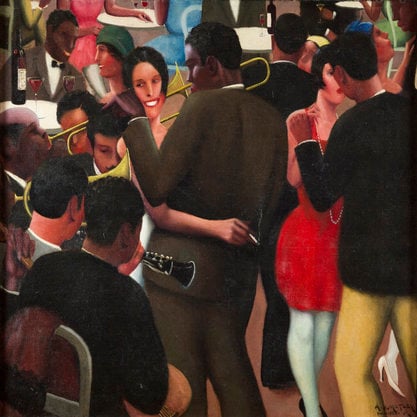Article
Mercure, Pierre (1927–1966) By Bazin, Paul
Article
In 1952, Pierre Mercure became the first director of the CBC musical television broadcasts. His long-standing concern with the interaction between the different arts gave dance and movement an important place in his repertoire and has left behind him a series of innovative and often visually experimental productions. He was a student of composers such as Darius Milhaud and Luigi Dallapiccola, and surrounded himself with professionals of artistic fields as varied as theater (Gabriel Charpentier), dance (François Riopelle), and poetry (Fernand Ouellete). At an early age, he composed symphonic pieces evoking those of Milhaud and Honegger (Kaleidoscope, 1948, rev. 1949). Art songs taken from his Dissidence cycle (1955) were later integrated into the Cantate pour une joie (1955), which became one of his most celebrated works. During the last years of his career, Mercure devoted his work to a synthesis of traditional and electronic musical means in a major triptych (Psaume pour abri, 1963; Tétrachromie, 1963; Lignes et points, 1964).



